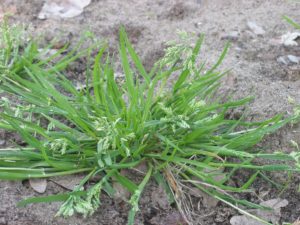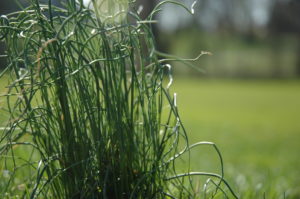Cool Weather Weed Invasion
go.ncsu.edu/readext?492366
en Español / em Português
El inglés es el idioma de control de esta página. En la medida en que haya algún conflicto entre la traducción al inglés y la traducción, el inglés prevalece.
Al hacer clic en el enlace de traducción se activa un servicio de traducción gratuito para convertir la página al español. Al igual que con cualquier traducción por Internet, la conversión no es sensible al contexto y puede que no traduzca el texto en su significado original. NC State Extension no garantiza la exactitud del texto traducido. Por favor, tenga en cuenta que algunas aplicaciones y/o servicios pueden no funcionar como se espera cuando se traducen.
Português
Inglês é o idioma de controle desta página. Na medida que haja algum conflito entre o texto original em Inglês e a tradução, o Inglês prevalece.
Ao clicar no link de tradução, um serviço gratuito de tradução será ativado para converter a página para o Português. Como em qualquer tradução pela internet, a conversão não é sensivel ao contexto e pode não ocorrer a tradução para o significado orginal. O serviço de Extensão da Carolina do Norte (NC State Extension) não garante a exatidão do texto traduzido. Por favor, observe que algumas funções ou serviços podem não funcionar como esperado após a tradução.
English
English is the controlling language of this page. To the extent there is any conflict between the English text and the translation, English controls.
Clicking on the translation link activates a free translation service to convert the page to Spanish. As with any Internet translation, the conversion is not context-sensitive and may not translate the text to its original meaning. NC State Extension does not guarantee the accuracy of the translated text. Please note that some applications and/or services may not function as expected when translated.
Collapse ▲As the temperatures cool into the thirties and forties at night and the days hover in the sixties and seventies, we know that winter isn’t too far away. Our winters aren’t usually too bad, but these cooler temperatures set the stage for cool weather weeds like wild garlic and annual bluegrass to fill in weak spots in the lawn.
Where I come from back in the “sticks” of Warren County, North Carolina, you don’t hear much about wild garlic. Everyone who has ever run a lawn mower in the fall knows the distinct smell of “wild onion”, but wild garlic isn’t part of the local experience.
There is a distinct plant that is wild garlic and another that is wild onion. They are kissing cousins so the control measures are the same. If you are a purist wild garlic has hollow stems. Wild onion’s stems are solid. Wild garlic is much more prevalent in our area.
This time of year imazaquin (sold as Image) is a good control for both of these irritating tufts of green stems poking through your dormant lawn. It takes several weeks for this product to work but it is very effective and can be easily purchased in any garden shop or nursery.
If you decide to use imazaquin make sure you purchase the correct formulation. There are products using the Image brand that contain atrazine instead. Atrazine is not a good choice for wild garlic and onion control.
Those who wait until late winter or early spring to attack the garlic and onions should shy away from imazaquin. It will delay the greenup of your permanent lawn if used then. Contract with someone in the lawn care business to apply metsulfuron (Manor, Blade). It will do a good job on the garlic and many other broadleaf weeds. Because centipede is a bit more sensitive to metsulfuron than other grasses, the labeled rate is lower.
I mentioned that atrazine isn’t effective against the wild garlic, but it is an excellent choice – in fact the only choice for homeowners – on annual bluegrass. This dark green, clumping grass that fills in places that are moist and shady has already gotten a good start this year. Since its botanical name is Poa annua, lots of folks call in “Poa” or just “Po”. That’s what your lawn will be if you allow the annual bluegrass to take over. 
Atrazine is unique in that it has the ability to control small weeds that have already germinated and prevent lots more from showing up later.
This old corn herbicide can be used on centipede and St. Augustine throughout the year. As the grasses are slipping into dormancy, you can use it on zoysia and Bermuda.
Keep in mind that we’re talking about managing weeds – not totally and completely eliminating them. Go ahead with the soil samples now to ensure that basic soil fertility is OK. Give up on growing turfgrasses in dense shade. Mow at the right height for your particular grass. The cultural stuff you do will have a significant impact on the overall health of your lawn and the number of weeds you’ll have to fight.






